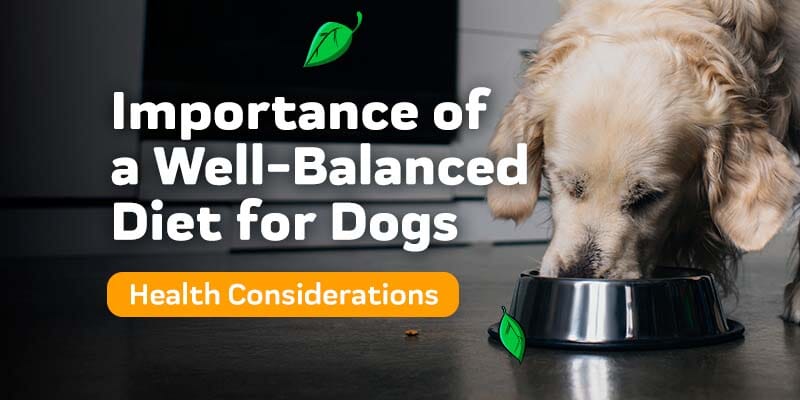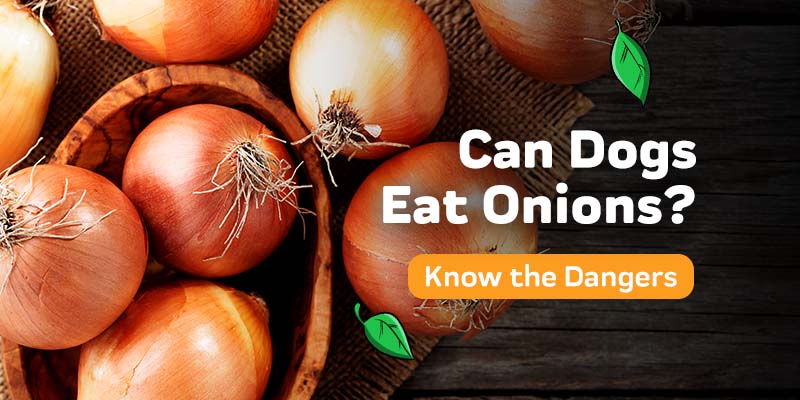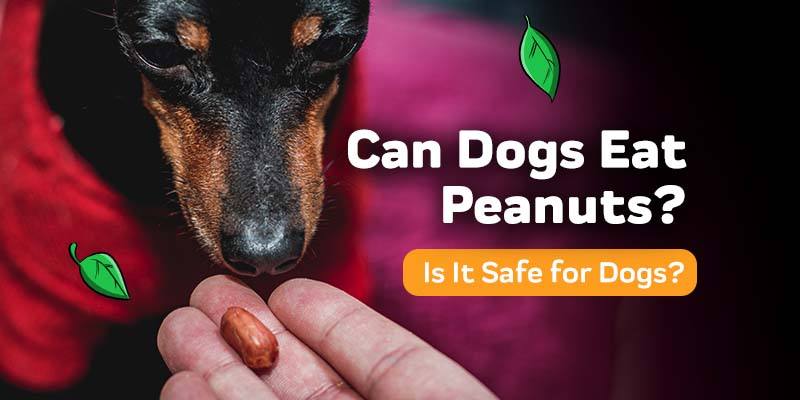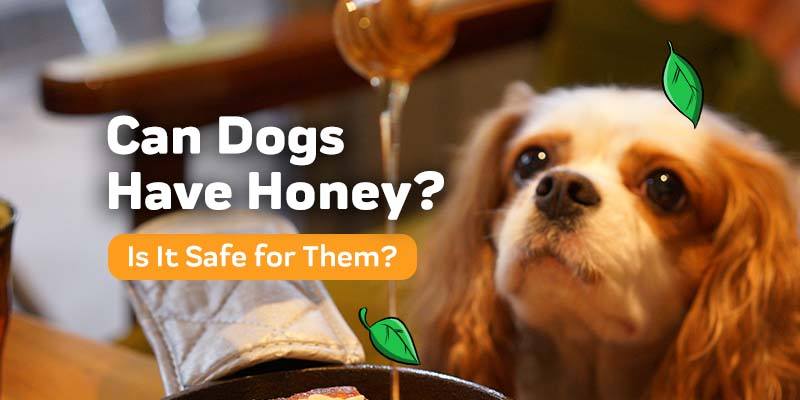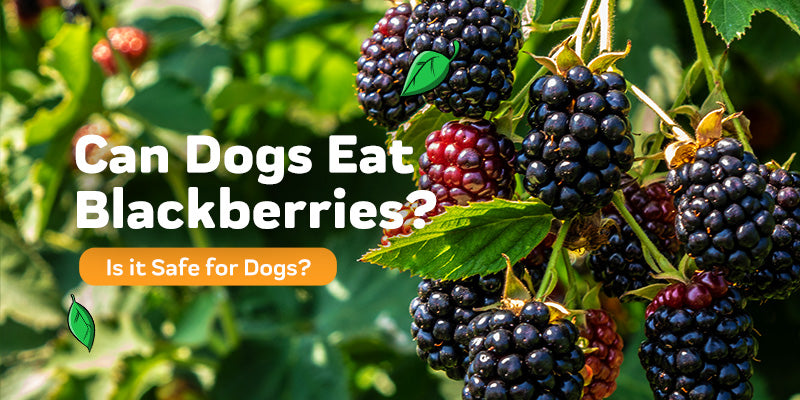
What is rawhide for dogs? From small pups to adult ones, the majority of pet owners will agree on one thing: they like to chew! One go-to treat that has been around for several decades is rawhide, a broadly utilized product which satiates a dog’s natural urge to chew. Since they’re fairly inexpensive and available in the majority of pet stores, rawhides may be an excellent chew option for specific dogs – especially dogs who actually chew the rawhide vs. biting off then swallowing chunks of it. Within the former case, happy chewers are going to benefit from chewing satisfaction and teeth-cleaning.
But, in the instances of dog inhalers, rawhide for dogs may cause severe issues, as the consumed bits might become trapped inside the windpipe, and result in choking incidents; in other instances, large pieces might end up in a canine’s stomach, which leads to digestive obstructions. Due to those potential threats, you might be wondering, “Is rawhide harmful for dogs?” This post from Innovet Pet Products is going to explore the cons and pros of rawhide for dogs, other chews and treats, and how to determine the best kind of chews for individual canines based on a variety of factors.
What Is Rawhide Made Of?

What is rawhide made out of? Using the inside layer of horse or cow hides, rawhides are initially cleaned then ground or cut up during manufacturing, depending upon the end product. Then, they’re pressed into doggie chews of different shapes and sizes. Some businesses add chicken, liver, or beef flavorings to rawhides dogs chews and treats to make them more appetizing to canines.
Is rawhide good for dogs? Recently, several pet owners have expressed an increasing concern in regard to the ingredients discovered in dog treats and food, which includes rawhide chews. As a consequence, a few rawhide manufacturers are marketing their products utilizing descriptions like ‘digestible,’ ‘organic,’ and ‘natural’, but it is vital that you carefully read labels and ingredients before you choose chews, as they aren’t all created equally.
Is rawhide dangerous for dogs? While every rawhide chew is made of dried animal hide and might begin ‘naturally’, what’ll happen next typically determines the safety and quality of the end product. Specifically, it is where the rawhides derive from that consumers have to research – rawhide treats that are made in the U.S. might be more expensive, but they’re worth it as it’ll come to a beloved dog’s well-being and health.
What is rawhide made from? Basically, the majority of rawhide chews are designed from the leather sector’s leftover scraps. Typically, rawhide chews which are imported have an additional dose of chemicals. Inside countries outside the United States, hides are taken from the slaughterhouse floors then treated inside a chemical or high-salt brine bath, which assists in ‘preserving’ the product from decaying while in transport.
Are rawhides good for dogs? In the processing stage, hides are initially soaked inside an ash-lye solution that removes the fat and hair from the skin. Then, it’s oftentimes ‘cleaned’ with water, hydrogen peroxide and/or bleach. In a few countries arsenic (and also formaldehyde) is utilized in the treatment process, even though it’s banned in the United States. The hides then are refrigerated until they’re processed to prevent spoilage and keep them fresh. Lastly, they’re either smoked or left natural, and artificial flavors frequently are added to make the chews more attractive to dogs.
Is rawhide bad for dogs? While the U.S. uses pretty strict manufacturing processes, compared to other countries, the Food and Drug Administration doesn’t regulate the manufacture of rawhides within the United States. Due to the inconsistencies in treatment, quality, and ingredients discovered in imported rawhide, most vets suggest rawhide products exclusively made in the U.S. Also, some professionals recommend that dog owners rinse rawhide treats initially in water before they administer to dogs.
Is Rawhide Ok for Dogs: Did You Know…
Rawhides also can be contaminated with salmonella – the exact same holds true for additional animal part-based treats, like cow ears, pig ears, hooves, and additional likewise items. Salmonella is well-known to impact younger pups, and dogs that have compromised health. But, human beings in the home actually are more at risk of infection than canines – for instance, young children, seniors, pregnant women, and anybody who has a compromised immune system is actually at risk. The top precaution is being proactive and prevention: do not permit kids to chew on or play with rawhides and make certain that you thoroughly wash hands after you give dogs a treat or handle the chews overall.
What is Salmonella?

Salmonellosis (Salmonella infection) is a typical bacterial disease affecting the intestinal tract. Typically, salmonella bacteria live in human and animal intestines and are shed via feces. Human beings become infected more frequently via food or contaminated water.
Usually, humans who have salmonella infection don’t have any symptoms. Other ones develop fever, diarrhea, and abdominal cramps within 8 - 72 hours. The majority of healthy folks recover within a couple of days without any specific treatment.
Within some instances, the diarrhea-related to salmonella infection may be so dehydrating as to require immediate medical attention. Also, life-threatening complications might develop if the infection spreads out of the intestines. The risk of acquiring salmonella infection is greater if you travel into countries that have poor sanitation.
Symptoms
Usually, salmonella infection is caused by consuming undercooked or raw meat, eggs, poultry, or egg products. The incubation span goes from several hours to 2 days. The majority of salmonella infections may be categorized as gastroenteritis (stomach flu).
Potential symptoms and signs include:
Symptoms and signs of salmonella infection usually last 2 - 7 days. Diarrhea might last up to ten days, though it might take many months before bowels go back to normal.
Some varieties of salmonella bacteria cause typhoid fever, an occasionally fatal disease that’s more typical in developing countries.
Salmonella Bacteria Causes
Salmonella bacteria live inside the intestines of birds, animals, and people. Most folks are infected with salmonella by consuming foods which have been contaminated by feces.
Some commonly infected food sources involve:
Raw seafood, poultry, and meat
Feces might get onto raw poultry and meat during the process of butchering. Seafood might be contaminated if taken from contaminated water.
Raw eggs
As an egg's shell might tend to be the ideal barrier to contamination, a few infected chickens generate eggs containing salmonella before their shell is formed. Raw eggs are utilized in homemade variations of hollandaise sauce and mayonnaise.
Vegetables and fruits
Some fresh produce, especially imported variants, might be hydrated in a field or washed within processing using water contaminated with salmonella. Also, contamination may happen in a kitchen, while juices from raw poultry and meat touch uncooked foods, like salads.
The FDA also is a sign that some salmonella outbreaks were traced to contaminants within spices. The FDA is seeking methods of increasing the safety of spices.
Most foods become contaminated while prepared by humans who do not thoroughly wash their hands after changing a diaper or using the toilet. Plus, infection may happen if you come into contact with something that’s contaminated, which includes pets, particularly reptiles and birds then place your fingers inside your mouth.
Risk factors
factors which might boost your salmonella infection risk involve activities which might bring you into closer proximity with salmonella bacteria and health issues which might weaken your resistance to overall infection.
An increase in exposure
- International travel. Salmonella, which includes varieties which produce typhoid fever, is more typical in developing countries that have poor sanitation.
- Owning a pet reptile or bird. Some pets, especially reptiles and birds, may carry salmonella bacteria.
Bowel or stomach disorders
Your body possesses several natural defenses against salmonella infection. For instance, strong stomach acid may destroy multiple kinds of salmonella bacteria. However, some medical medications or problems may short-circuit those natural defenses.
Instances include:
- Antacids. Reducing your tummy's acidity permits more salmonella bacteria to live.
- Inflammatory bowel disease (IBD). This condition damages the lining of the intestines, making it simpler for salmonella bacteria to take hold.
- Recent usage of antibiotics. It may lower the quantity of "good" bacteria inside the intestines, which might impair your capability of fighting off a salmonella infection.
Immune issues
The following health issues or medicines seem to raise your risk of contracting salmonella by impairing the immune system.
- Corticosteroids
- Anti-rejection drugs consumed after organ transplants
- Malaria
- Sickle cell disease
- AIDS
Ways to Make Rawhide Chews Much Safer for Canines
For dog owners who choose rawhide as their go-to treat, there are numerous precautions which may be taken to make them as secure as possible. Because no doggy treat is completely ‘safe’, it’s up to humans to deal with them with care – minimize the exposure risk to contaminants and thoroughly wash hands using antibacterial soap after dealing with rawhide chews and treats. Also, ensure that anyone in the home who has a compromised immune system avoid touching rawhide products.
Keep these guidelines in mind while giving rawhide chews to canines:
Keep the dog separated
While giving rawhide chews, separate him from other pets in the household in order for him to relax when chewing. A canine is less than likely to ‘inhale’ big chunks of the chew whole – it’s especially a fact for dogs displaying territorial behavior around food or just in general.
Offer various rawhide treats
As the veterinarian has suggested safe rawhide chews, check which one he enjoys and which ones he deals with the best. Please note: is he gulping or swallowing large bites? Is your pup choking? Is he gagging? If he is, immediately take the treat away and speak to a vet’s clinic to determine what additional kinds of dog chews, rawhide, toys, or dog treat may be a better choice for the family dog.
Talk to a vet
Animal owners always should speak to a vet to discover how much is safe for their pet, as well as which specific brand is better for him. In general, smaller pups ought to be provided fewer chews. Introduce one at a time to check how he responds.
Watch the size
A dog, after a while, will whittle a chew down to its nub, and that’s when it may pose a choking danger. Make certain that you keep a close eye over his rawhide treat – once it has gotten too small, pull it away; if the dog protests, request that he sit and provide another treat or toy to substitute the chew.
Additionally, be sure that you stay on the lookout for indications of gastric irritation, bacterial contamination, or a blockage.
Immediately call the vet if your dog exhibits symptoms, which includes:
- Vomiting
- Signs of pain
- Repeated swallowing
- Weight loss
- Loss of appetite
- Lack of energy or lethargy
- Choking or gaging
- Fever
- Diarrhea (without or with blood)
Rawhide Treats: The Pros and Cons
While rawhide treats, chews, and bones might or might not be appropriate for every dog, it’s ultimately up to the dog owner to determine whether or not it is the best treat for their dog.
Within this section, we will assess the benefits and pitfalls of this classic chew:
Cons
-
 Dangerous Chemicals
Dangerous Chemicals
A few rawhide chews are treated using harmful additives and chemicals; therefore, be certain that you shop carefully and read all labels before buying - Low Quality
Poor quality rawhides were reported to break a canine’s teeth, which causes him pain (and costly veterinarian bills for an owner) - Digestive Issues and Artificial Flavors
Artificially-flavored bones and treats might lead to digestive problems (which include diarrhea, vomiting, and allergic reactions) for dogs that have sensitivities and allergies.
Pros
- Satisfies Dog Chewing Urges
Rawhide treats and chews satisfy the dog’s natural chewing instinct. - Dental Advantages
When properly administered, rawhide goods are great at cleaning the dog’s teeth by removing tartar build-up and plaque. - Affordable Doggy Treats
Typically, rawhide doggy treats aren’t expensive, which makes them an affordable choice for many pet owners.
Hazards
- Purchasing the incorrect size is dangerous
If tan owner doesn’t buy the appropriately-sized dog rawhide, the chew may pose a severe choking hazard. - Always be on the lookout for dogs chewing rawhide in order to prevent accidents
If an owner doesn’t carefully watch their pet while he’s gnawing on the rawhide, big chunks might be swallowed whole – that behavior is more common among canines who are gulpers, inhalers, and/or aggressive/destructive chewers. Due to rawhide being indigestible, it may lead to gastric obstruction, choking, severe illness, or even death – therefore always carefully observe pets while administering any kind of bone or chew toy.
Which Canines Should Keep Away from Rawhide Bones?
As it’ll come to choosing a safe chew, the options might seem overwhelming. While a few folks might sing rawhide’s praises, others might disagree because of a negative experience, or just based on poor internet reviews. At the end of a rawhide for dogs day, dog owners ultimately have to determine if their pup can safely deal with a chew – and if they’re willing to dedicate themselves to carefully watching their pet whenever giving them a rawhide treat. Even though the treats have several benefits – which includes the realization that they are long-lasting, offer an exceptional distraction to canines, and even promote great dental health – whether or not it’s best for one’s dog actually depends on a couple of key factors as outlined below:
Chewing style
As aforementioned, each canine has his own style of chewing – some pups are delicate nibblers, while other ones destroy whatever they come across – then there are those dogs who want to swallow everything in sight. Thereby, the kind of treat is dependent upon a dog’s individual method of chewing. If his eating/chewing behaviors and habits place him at risk for injury or choking, pet owners might want to think about ‘safer’ digestible alternatives to satisfy his gnawing urges while sustaining his dental routine.
Breed
Specific dog breeds might be ‘heavier’ or more aggressive chewers; therefore, dog parents ought to take note of their dog’s habits and talk to a veterinarian to figure out the best kind of rawhide or additional chew appropriate for his needs.
Age
Also, the dog’s age plays a part in his style of chewing – geriatric dogs and young pups have a softer palate than adults. Therefore, toys and chews should correspond to a pup’s age-appropriate needs.
Health History
For pups that have any kind of health problems – be it a disease, preexisting condition, canine obesity, allergies, dog digestive issues or other problems – make certain that you discuss with the vet while considering chew treats and additional dietary choices. Plus, if the dog exhibits indications of boredom, anxiety, or other behavioral problems, a licensed dog trainer or vet might suggest certain toys that might challenge him, assist in easing his dog anxiety, etc.
Keeping all these details in mind, it is fairly safe to say a pup’s chewing style will change and adapt over his lifetime, and what’s considered a ‘safe’ dog treat at one time in his life might be different at another stage. So, it is important that you remain abreast of his changing needs and personal habits to offer not just the safest chews, yet the best care possible as a loving dog owner.
Sources:
Good or Bad for Your Dog?
Enzymatic Rawhide Dental Chew to Reduce Plaque in Beagle Dogs
The Dangers of Rawhide Chews

Thanks for stopping by!
P.S. We Love You!
Sincerely,
The Innovet Team
Please do not ask for emergency or specific medical questions about your pets in the comments. Innovet Pet Products is unable to provide you with specific medical advice or counseling. A detailed physical exam, patient history, and an established veterinarian are required to provide specific medical advice. If you are worried that your pet requires emergency attention or if you have specific medical questions related to your pet’s current or chronic health conditions, please contact or visit your local/preferred veterinarian, an animal-specific poison control hotline, or your local emergency veterinary care center.
Please share your experiences and stories, your opinions and feedback about this blog, or what you've learned that you'd like to share with others.












 Dangerous Chemicals
Dangerous Chemicals

